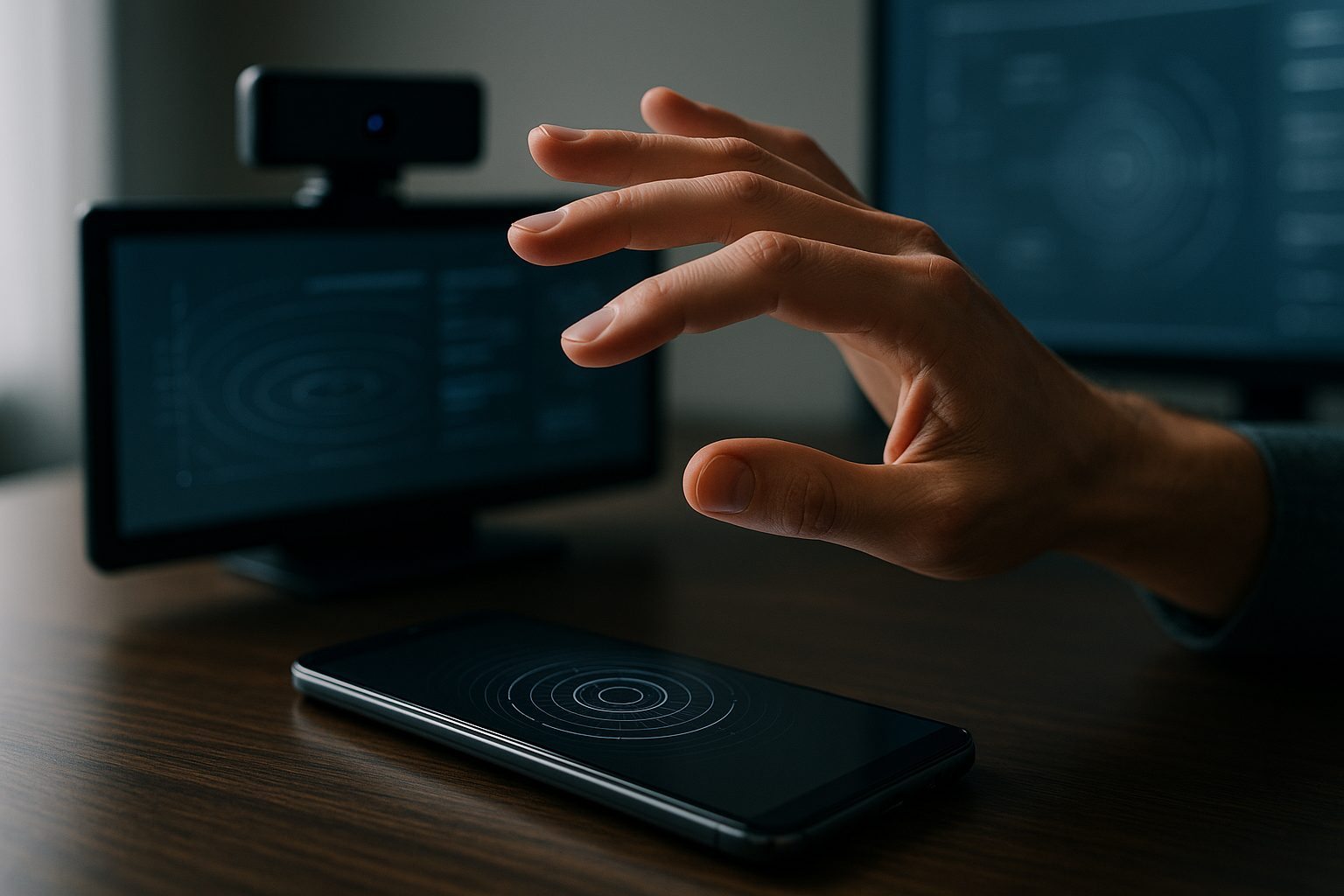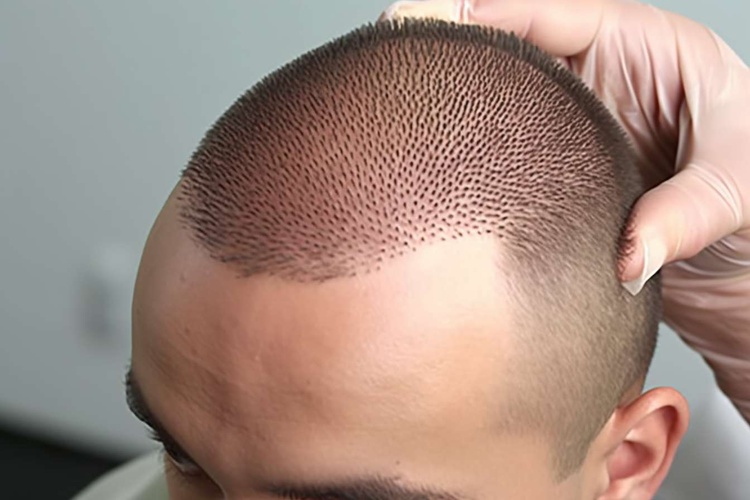The Dawn of Contactless Interfaces: An Era of Gesture Recognition Technology
With the digitization of practically everything, the way we interact with our devices is witnessing a paradigm shift. Gesture recognition technology, once a staple of futuristic sci-fi movies, is now a reality, and it's revolutionizing the tech industry.

The Genesis of Gesture Recognition
Gesture recognition technology, originating in the late 20th century, started with the development of data gloves. These gloves could interpret hand movements, paving the way for a new interaction method. However, they were expensive, cumbersome, and lacked the finesse necessary for mainstream adoption.
Over the years, the technology evolved, transitioning from glove-based systems to camera-based ones. This transformation brought about the development of Kinect by Microsoft in 2010, a landmark event in gesture recognition history. Despite its discontinuation in 2017, Kinect was a stepping stone in the industry, demonstrating the potential and scope of gesture recognition.
The Present: A World of Contactless Interfaces
Fast forward to the present day, gesture recognition has found its way into various tech segments. From smartphones to smart TVs, the technology is being integrated into numerous devices, providing a whole new dimension to user interactions.
One notable example is Google’s Soli project, introduced in the Pixel 4 smartphone. Soli uses radar technology to interpret minuscule movements, allowing users to interact with their device without touching it. Although it wasn’t entirely successful, it marks an important step towards mainstreaming gesture recognition.
The Market Impact and Price Implications
Considering the potential of gesture recognition, the market for this technology is expected to reach $32.3 billion by 2025, growing at a CAGR of 27.0% from 2020, according to Grand View Research. This growth is fueled by the increasing integration of the technology in automotive, healthcare, and consumer electronics sectors.
On the pricing front, the technology’s incorporation does increase the device’s cost. However, as the technology becomes more mainstream and production scales up, the price is expected to become more affordable for the average consumer.
The Future: A Gesture-Controlled Ecosystem
As we move towards a more connected and smart ecosystem, the role of gesture recognition will only amplify. Its potential in Virtual Reality (VR) and Augmented Reality (AR) is immense, providing a more immersive and interactive user experience.
Furthermore, with the advent of the Internet of Things (IoT), gesture recognition can play a crucial role in controlling and managing smart devices. Imagine controlling your entire smart home with a mere flick of your wrist!
Wrapping Up: The Dawn of a New Interaction Era
In conclusion, gesture recognition isn’t just a novel or flashy technology. It’s a significant development in the tech world, reshaping how we interact with our devices. While it’s still in its nascent stage, the potential is enormous, and the implications are far-reaching. The dawn of a new interaction era is upon us, and it’ll be fascinating to see how this technology evolves and integrates into our daily lives.




